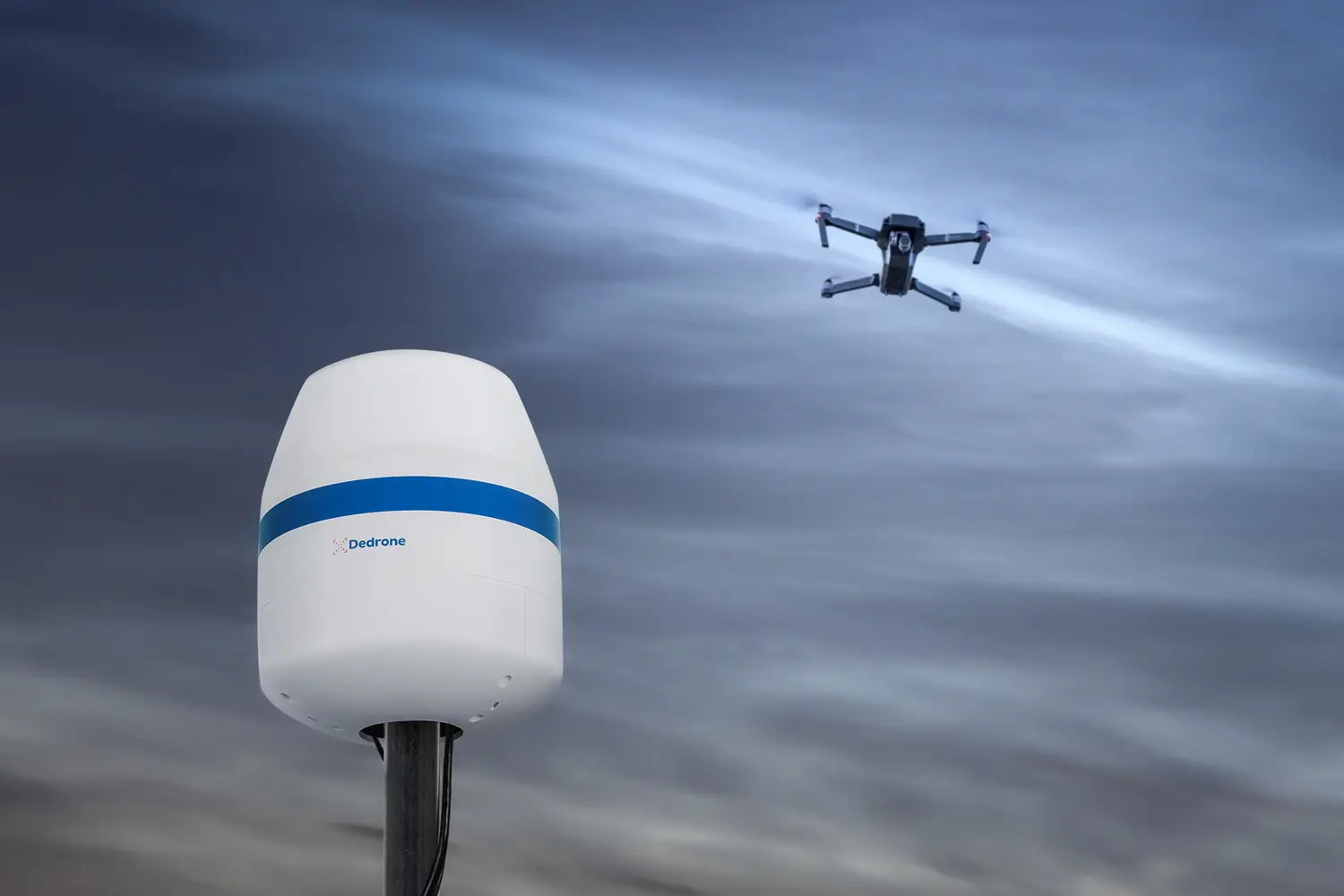Drone Detection System
Drone detection systems are technologies designed to identify the presence of unmanned aerial vehicles (UAVs) or drones in a particular airspace. These systems are increasingly becoming vital for security, privacy, and safety reasons, given the rising use of drones for recreational, commercial, and surveillance purposes. Here’s a detailed overview covering what drone detection systems are, their capabilities, and other relevant information:
1. Introduction to Drone Detection Systems
Drone detection systems are integrated solutions aimed at monitoring, detecting, and identifying drones in the vicinity of sensitive or protected areas. These systems are essential for mitigating potential threats from unauthorized drone flights, which can include privacy invasion, espionage, smuggling, and even terrorist attacks.
2. How Drone Detection Systems Work
Drone detection systems employ a variety of technologies to identify UAVs, including radar, radio frequency (RF) scanners, acoustic sensors, and optical detection. Each technology has its strengths and weaknesses, and often, a combination is used to increase detection accuracy and range.
- Radar Systems: Radar can detect and track the movement of drones by sending out radio waves that bounce off objects in the air. It’s effective for long-range detection but may struggle to differentiate between drones and other small, flying objects.
- RF Scanners: These systems detect drones by scanning for the radio frequencies used for drone control and video transmission. RF detection is highly effective for identifying the presence of drones and their operators but has a more limited range than radar.
- Acoustic Sensors: Acoustic detection relies on identifying the unique sound signatures of drones. While effective for short-range detection without line-of-sight, it can be challenged by ambient noise.
- Optical Detection: This involves the use of cameras to visually identify drones. Advanced systems may use machine learning algorithms to differentiate drones from birds or other objects. Optical detection works well in clear visibility conditions and can provide visual verification.
3. Capabilities of Drone Detection Systems
- Detection and Tracking: The primary function is to detect unauthorized drone activity and track their movements in real-time.
- Identification: Advanced systems can identify the make and model of the drone, providing valuable information for assessing the threat level.
- Countermeasures: While not all detection systems have integrated countermeasures, some can work with counter-drone technologies to neutralize or intercept unauthorized drones.
- Alerts and Reporting: Systems can alert security personnel to potential threats and provide detailed reports on drone activity for further analysis.
4. Applications of Drone Detection Systems
Drone detection technologies are used across various sectors, including military and defense, airports and aviation, prisons, critical infrastructure, and private properties. Their adaptability to different environments and scenarios makes them a versatile tool for airspace security.
5. Challenges and Considerations
Implementing drone detection systems comes with challenges, including legal and privacy considerations, the need for constant updates to keep up with evolving drone technology, and environmental factors affecting performance. Moreover, the balance between effective detection and avoiding false positives is crucial for operational efficiency.
Conclusion
Drone detection systems represent a critical component in the modern security landscape, offering a solution to the growing challenges posed by unauthorized drone usage. As drone technology continues to evolve, so too will the methods for detecting and mitigating the threats they can pose.
Our Drone Detection System provides the simplest and most cost-effective path to install an airspace security technology solution to identify and track unauthorized drones, collect data, and protect infrastructure.Sensors connected to the DroneTracker software detects, classifies, and protects against drone threats, including localizing the drone. Passive and active countermeasures can be triggered, tailoring the defense mechanism to the severity of the threat.Drone Detection System technology advances rapidly, and only a software-centric solution can keep up. Dedrone’s DroneTracker software, hosted in the cloud or on-premise, uses DroneDNA database to recognize and classify RF, WiFi, and non-WiFi drones. DroneTracker also integrates with 3rd-party sensors, and triggers alerts and countermeasures.
Contact us at Aerosmart for more details.

